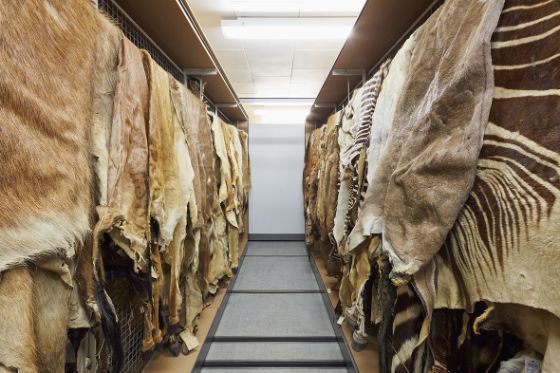
GALLER PATHOLOGY COLLECTION
Diseases such as syphilis or tuberculosis leave behind characteristic traces on the human skeleton. The Galler pathology collection highlights the most significant changes caused by these diseases and more.
Professor Erwin Uehlinger from the University of Zürich's Institute of Pathology established a comparison collection of skeletons showing signs of disease. This collection was used to train future physicians. These types of collection were put together across Europe at university hospitals for teaching purposes. The destruction caused during the Second World War, however, sadly meant that many of these collections were lost. The Galler Collection is one of the few that have survived.
Nowadays, physicians no longer need such collections. For palaeopathology, however, they are irreplaceable. The collection helps researchers to identify old cases of disease from archaeological sites. Cases of disease, for example, that modern-day doctors no longer recognise.
The Galler collection was integrated into the Natural History Museum Basel as a permanent collection in 1992. It is now accessible to researchers from all over the world. The collection is also used to teach physical anthropologists and archaeologists. It forms an important element of university teaching.
One of our collection pieces, the skeleton of a dwarf, illustrates the research into Homo foresiensis particularly well.
